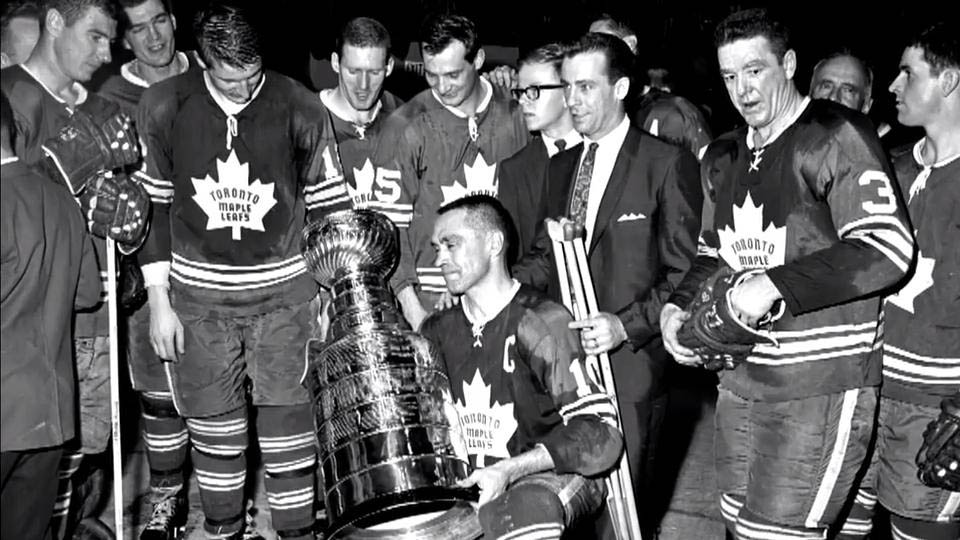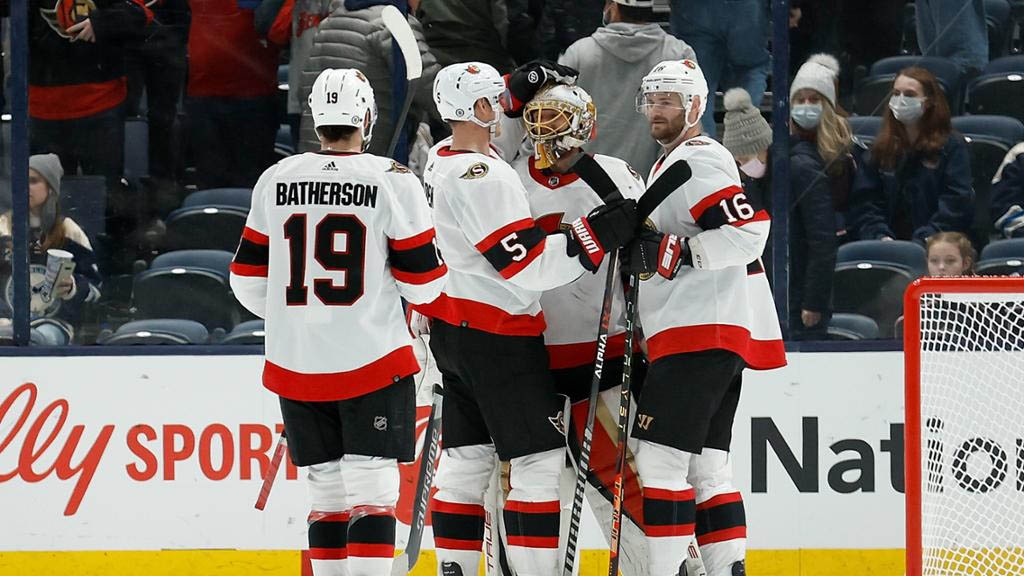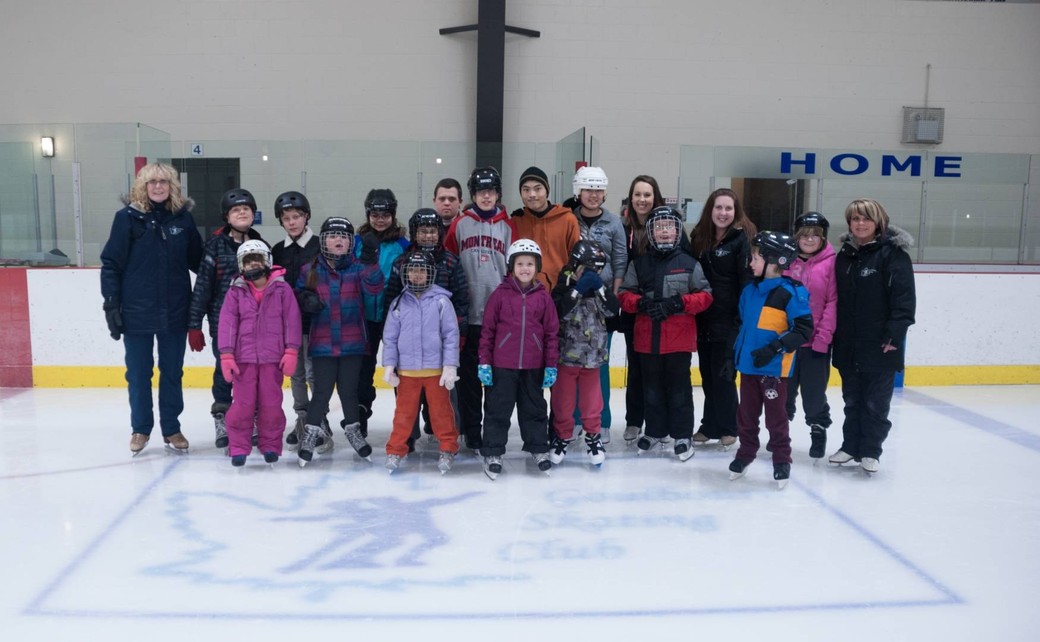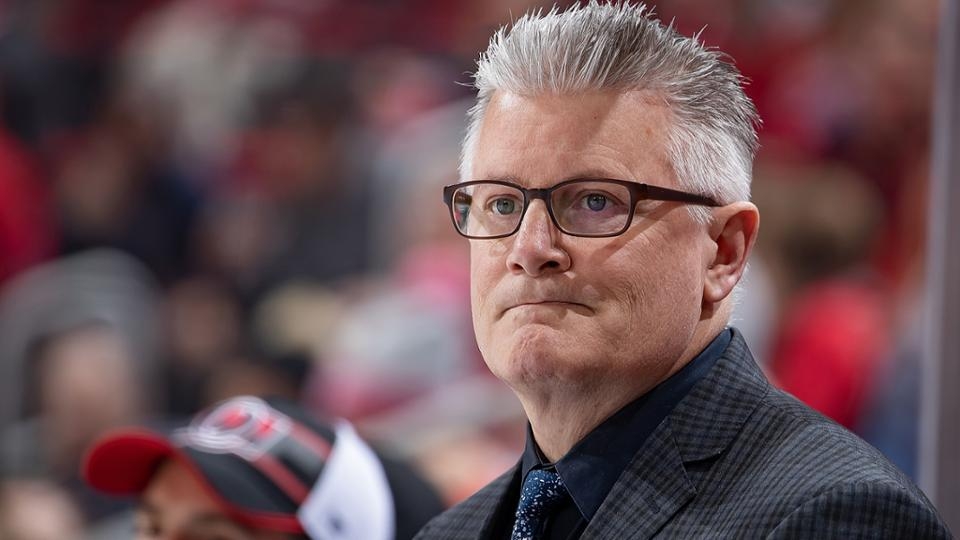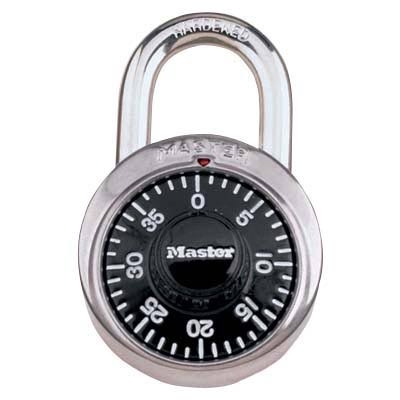
No Brains Association: Dissecting the Lockout
In the wake of its most enthralling regular season and playoffs in over a decade, the National Basketball Association has cancelled the first two weeks of its 2011-12 season as a result of the league’s ongoing lockout. With the NBA currently mired in negotiations between its 30 owners and the National Basketball Players’ Association, commissioner David Stern announced on Monday that the first two weeks of games will not be played.
With the schism between Stern and NBPA Executive Director Billy Hunter seemingly widening by the day, it remains unlikely that any games will be played for the foreseeable future. It’s a depressing reality for fans and players alike, and given the talent level, marquee matchups and burgeoning rivalries currently on display in the NBA, it’s downright illogical.
This can’t be stated clearly enough: 2010-11 was the best regular season and playoffs that the NBA has staged in years. There was the interminable Miami Heat saga, from their July welcome party to their shaky 9-8 start, from their 15-1 record in December to their five-game losing streak in early March, from their Eastern Conference championship to their eventual collapse in the NBA Finals. There was the emergence of two potential juggernauts in the Derrick Rose-led Chicago Bulls and Kevin Durant’s Oklahoma City Thunder.

There were the Boston Celtics and Los Angeles Lakers, desperately seeking to fend off old age in pursuit of another NBA title. There were the Memphis Grizzlies, who rode the contributions of Pau Gasol’s younger brother and the star of this delightful YouTube clip to the brink of the Western Conference Finals. Finally, there were the champion Dallas Mavericks: cool under pressure, kings of the comeback, led by their 7-foot German superstar and complemented by an assembly of steady veterans and trash-talking castoffs.
No, the 2010-11 NBA season didn’t lack for drama, excitement or narrative, and with every key participant returning for another shot at the Larry O’Brien Trophy, every indication was that this coming season would be more of the same. Thanks to the shocking ineptitude of the league’s owners and the misguided obstinacy of the Players’ Association, however, fans can now look forward to either a condensed season (starting in December or January at the earliest) or fruitless negotiating sessions that could wipe out more than just a single year of basketball.
Unlike the 2004-05 NHL lockout, an extended work stoppage wouldn’t benefit the NBA from an on-court perspective. Rule changes in recent years have opened up the game, emphasizing speed and allowing the league’s perimeter stars to thrive. The intersection of three distinct generations of players has only served to buoy the overall quality of play, with the old guard (think names like Nowitzki, Bryant and Nash), the stars in their prime (think James, Wade and Anthony) and the up-and-comers (think Rose, Durant and Griffin) all battling for individual and team honours.
Of course, these players could soon be losing a full year off of their careers, which is relevant not only to the superstars attempting to solidify their legacies through championships and other accolades, but for every man on a roster who won’t be earning a paycheque until a new CBA is signed. The lockout hinges on the two main points enumerated in NBPA president Derek Fisher’s October 5th letter to players: the “system,” or the NBA’s current salary cap and luxury tax policies; and the “split,” or the breakdown of revenue allocated to the owners and the players.

At present, the NBA operates under a soft salary cap of approximately $58 million. Unlike the NHL, which employs a hard cap, NBA teams are allowed to exceed the cap under certain circumstances; 10 teams did so in 2010-11, including the Los Angeles Lakers, who spent over $91 million in salary. As a penalty for not adhering to the cap, the teams that also crossed the league’s luxury tax level ($70 million in 2010-11) are forced to pay one dollar for every extra dollar spent. The tax money is then distributed among non-tax paying teams.
In an attempt to establish a competitive balance between teams with disparate financial endowments, the owners have pushed for the installment of a hard cap and a stricter luxury tax, one that would see teams pay at least $1.75 for every dollar spent over the tax level. The players, as Fisher notes, have fought hard to preserve the soft cap structure, which the owners are reportedly open to retaining.
The “system” issues have come to the forefront of negotiations in recent days, with the owners especially concerned about “better match[ing] pay for performance.” When Washington forward Rashard Lewis is making over $22 million a year to average 12 points and 5 rebounds, it’s clear that a certain portion of NBA players are grossly overpaid. It’s difficult to blame the players for this trend, however: the owners were the ones who made such atrocious decisions in the first place, and the ones who are now holding the players hostage in an attempt to fix their “broken business model.”
Another divisive issue is the split of Basketball-Related Income (BRI) between the players and the owners. Currently, the players receive a 57% share of the BRI, which encompasses nearly every revenue stream (such as tickets, parking and broadcast rights, to name three). The owners claim that the league’s 30 teams lost a combined $300 million last year, spurring them to push “for significant economic relief,” as Fisher details. The players have been willing to downgrade to a 53% share (with each BRI point worth about $40 million, this translates to a concession of roughly $160 million), while the owners have been steadfast in their refusal to accept anything more than a 50-50 split.

Much has been made of the unwillingness of both sides to negotiate in good faith; the players, in particular, have accused the owners of preparing to sacrifice an entire season to assure themselves a better deal. In reality, neither side has shown much inclination to negotiate at all: most of the details should have been ironed out during the summer, while the NBA was busy streamlining the content of its website and preparing a schedule that may never come to fruition. Instead, the bulk of the negotiations were pushed off until late September, eventually leading to Stern’s cancellation of the first two weeks of games -with the rest of the season in peril.
Both sides will suffer from the lost revenue from the cancelled slate of games, the players more so than the owners. (Doesn’t it seem a tad hypocritical for the owners to demand concessions from the players to replace their $300 million in losses, then willfully cede the revenue they’d receive for the cancelled games – and possibly for the rest of the season?) As it stands now, neither side appears willing to budge, with the players employing flashy slogans and empty gestures of solidarity to garner public support. (Kudos to Dallas forward Brian Cardinal for acknowledging the absurdity of trying to solve the lockout through Twitter.)
Ultimately, the lockout isn’t about the owners’ moronic fiscal decisions or the bloody stain that will be permanently and rightfully etched on Stern’s basketball tombstone. It’s about the betrayal of the fans that blindly support the game of basketball and the individuals and businesses that depend on it for financial stability. (Kudos again to Cardinal for acknowledging the plight of the NBA’s arena workers. Spoken like a true custodian.)
Sadly, the cries of distressed fans are sure to fall on deaf ears. The players will eventually cave, possessing none of the leverage or monetary steadiness of the billionaires on the other side of the table. The owners will get their deal, basketball will be played again, and everyone – players, owners and fans alike – will have to look back on the lockout and wonder if it was all worth it.

